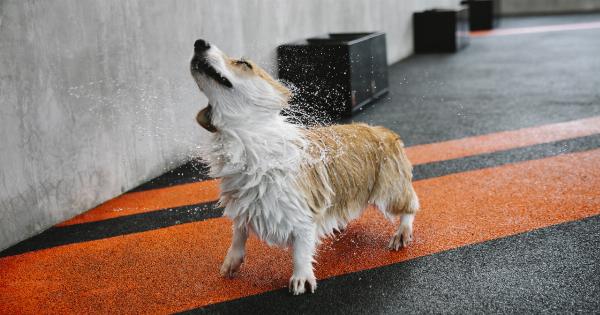Therapy dogs have become increasingly popular in recent years, helping to improve the lives of many people in a variety of settings. One area where these animals have shown particular promise is in their ability to provide comfort to elderly patients.
What are Therapy Dogs?
Therapy dogs are specially trained dogs that are used to provide emotional support to people in need. These dogs are not the same as service dogs, which are trained to help individuals with physical disabilities.
Instead, therapy dogs are trained to provide comfort, encouragement, and affection to those who are going through difficult times.
Therapy dogs are typically trained to be calm and gentle, with a friendly and outgoing personality. They are also trained to respond to different situations and to interact with different types of people, including children, adults, and seniors.
Benefits of Therapy Dogs for Elderly Patients
There are a number of benefits that therapy dogs can offer elderly patients, including:.
- Reduced loneliness and depression
- Increase social interaction
- Improved overall mood
- Lowered blood pressure
- Reduced stress and anxiety levels
Studies have shown that elderly patients who interact with therapy dogs on a regular basis report feeling less lonely and depressed, and more connected to the world around them.
They also tend to be more active and engaged in their care, which is especially important for those who are dealing with chronic health conditions.
How Therapy Dogs are Used in Elderly Care Facilities
Therapy dogs are used in a variety of settings, including hospitals, nursing homes, and other elderly care facilities.
These animals are typically brought in on a regular basis to interact with patients, provide comfort, and help improve their overall quality of life.
In many facilities, therapy dogs are used as part of a larger program that is designed to promote health and wellness among elderly patients.
This program may include activities such as exercise classes, art projects, and music therapy sessions, as well as regular visits from therapy dogs and their handlers.
Training Therapy Dogs for the Elderly
Training therapy dogs to work with elderly patients requires a special set of skills and expertise. Handlers must be able to identify the unique needs and challenges of older adults, and to adapt their training and interaction strategies accordingly.
In order to become certified as a therapy dog, animals must undergo a rigorous training process that includes obedience training, socialization skills, and special training in how to work with elderly patients.
This training typically involves both classroom instruction and hands-on training under the supervision of experienced handlers.
The Importance of Choosing the Right Therapy Dog
When selecting a therapy dog to work with elderly patients, it is important to choose an animal that is well suited to the task.
Animals that are too large, too energetic, or too aggressive may not be appropriate for work with elderly patients, as they may be intimidating or overwhelming to those who are frail or vulnerable.
It is also important to choose an animal that is well-trained and capable of responding appropriately to different situations and types of people.
A well-trained therapy dog should be able to remain calm and focused, even in busy or crowded environments, and should be able to interact with patients in a friendly and gentle manner.
In Conclusion
Therapy dogs can offer a wide range of benefits to elderly patients, including improved emotional well-being, increased social interaction, and improved overall quality of life.
By providing comfort and companionship to those who need it most, these animals play an important role in promoting health and wellness among the elderly.






























